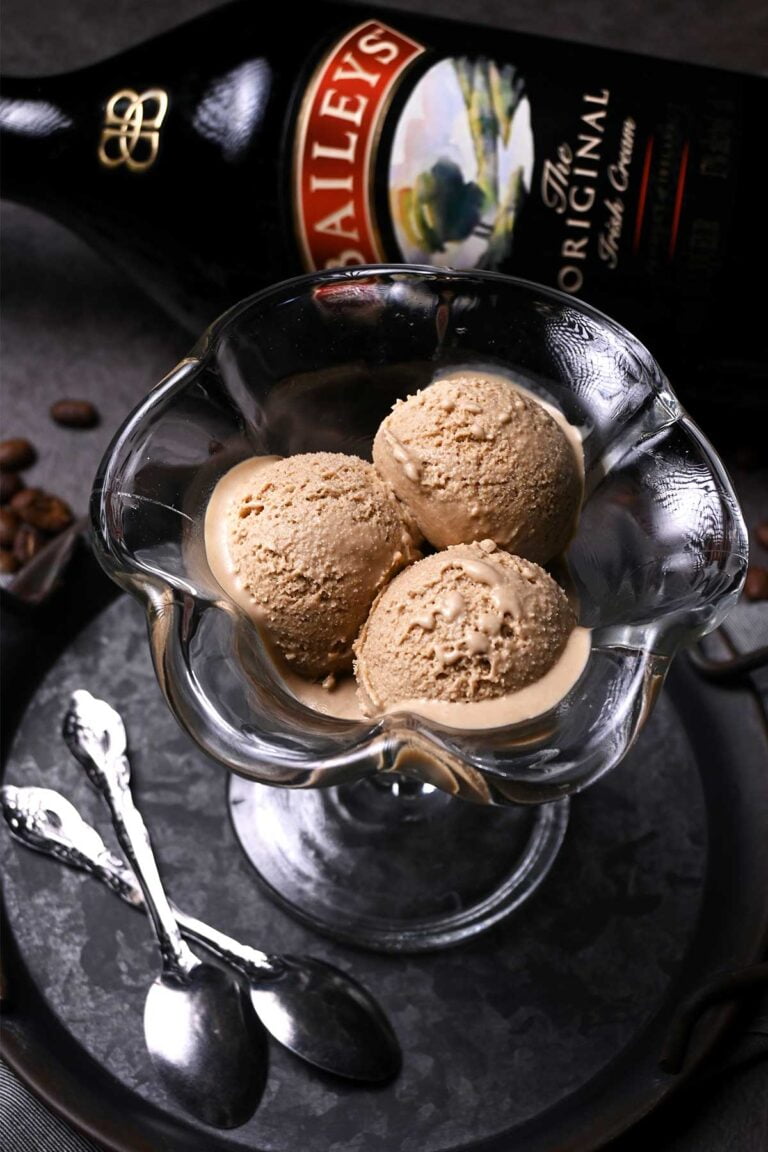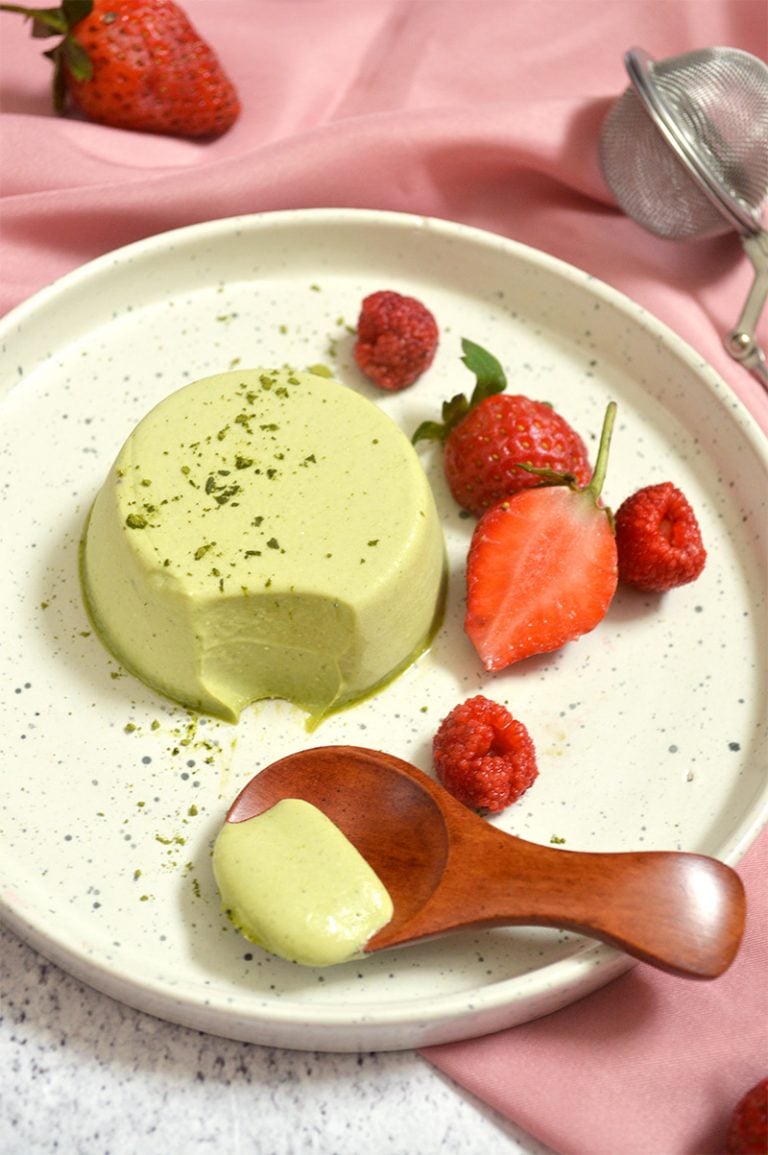Bibimbap
This post may contain affiliate links. Please read my disclosure policy for details.
Bibimbap is a nutritious and healthy Korean dish compromise of a bowl of steaming rice with an assortment of vegetables and meat on top, mixed with gochujang sauce.

Bibimbap literally means mixed rice. It is a bowl of warm white rice topped with seasoned vegetables or meat, mixed with gochujang sauce. Once all the ingredients have been mixed into the rice along with the sauce, what began as a very humble dish is transformed into a whole new flavor as each bite brings bites of sauce coated rice and toppings. The result is a delicious and nutritious dinner that the whole family will love.
What Is Bibimbap?
Bibimbap (비빔밥) is one of the most well known Korean dishes for many people. The term “bibim” (비빔) meaning mixing various ingredients, while the “bap” (밥) refers to cooked rice or in a general sense means a meal. The dish is served as a bowl of warm rice topped with various ingredients. It is often mixed all together with either red chili paste called gochujang, soy sauce, or fermented soybean paste called doenjang.
In restaurants, you can find bibimbap served on a stone bowl that was previously heated. We call it dolsot bibimbap. This makes the rice and fillings stay hot and sizzling in the bowl, which gives the best experience to enjoy this dish. The rice at the bottom browns and sticks to the bowl, creating a nice crispy crust which gives a textural contrast to the whole dish.
What Toppings Go With Bibimbap?
You do not need to follow the exact ingredients as written in the recipe. In fact, Korean people often throw leftover bits from previous meals into a bowl of rice, mixing them together. Just be fun and add varying ingredients based on your personal preference.
Bibimbap is flexible, but it typically contains spinach, shiitake mushrooms, bean sprouts, carrots, cucumbers, zucchini, along with fern brake or gosari and bellflower root. For the protein, beef is the most common. and there is the egg. You can often see a fried egg or raw egg yolk on top of the bowl. If you want to make the vegetarian version, just replace the beef with marinated tofu for some extra protein.
The vegetables may either be blanched, fried, or steamed. Meanwhile, the meat is usually marinated with soy sauce and other seasonings. The vegetables and meat are usually seasoned and arranged on top of the steaming rice separately. In summary, part of the dish’s appeal is the color of different ingredients on top of the rice, like an edible color wheel. For the sauce, gochujang and soy sauce are the most popular. Gochujang sauce for spicy bibimbap and soy sauce for the non-spicy one. They are usually served separately so people can control the amount of sauce they need.
Tips for Making Bibimbap
1. Cook and season everything individually
Even though we mix up bibimbap before we eat it, each ingredient needs to be prepared individually. It might sound a bit time-consuming to prepare all of the ingredients and separately. However, cooking them separately ensures the textures and flavors of each ingredient stand out and not mixed up. The cooking method really brings out their unique flavors, textures, and colors to please the eye and mouth.
2. Marinate your meat ahead
Marinate the beef ahead because the longer you soak the meat with seasonings, the meat will come out tasting better. However, if you do not have enough time for that, start marinating your meat before you prepping to allow for as much time to marinate.
3. Make dolsot bibimbap
Traditionally, bibimbap is served in a hot stone bowl called a dolsot. You can simply serve the dish in a large bowl, but the stone bowl really takes it to the next level. The heated stone bowl makes the rice and fillings stay hot and sizzling in the bowl. In addition, the rice at the bottom browns and sticks to the bowl, creating a nice crispy crust that gives a textural contrast to the whole dish.
Do not worry there are some alternatives to how to create dolsot bibimbap. You can substitute the stone bowl with a heated cast iron pan or try recreating the crispy crust by stir-frying some cooked rice with a little sesame oil until crispy and brown before serving.


More Korean Recipes
- Kimchi Fried Rice
- Kimchi Kimbap
- Dakgangjeong (Korean Fried Chicken)
- Rabokki (Ramyun Tteokbokki)
- Korean Sausage Bread

Ingredients
- 4 servings steamed rice
- Toasted sesame seeds
Marinated Beef
- 1/2 pound (225 gr) bulgogi/ground beef
- 1 tbsp soy sauce
- 2 tsp sesame oil
- 2 tsp granulated/brown sugar
- 1/2 tsp minced garlic
- Vegetable oil
Vegetables
- 1 cup Napa Cabbage Kimchi
- 1 bunch spinach, stems removed
- 1 cup bean sprouts
- 1 large carrot, julienned
- 3-4 shiitake mushrooms, stems removed, caps sliced
- 1 tsp sesame oil
- 1 tsp salt
- Vegetable oil
Gochujang Sauce
- 2 tbsp gochujang
- 1 tbsp soy sauce
- 1 tbsp sesame oil
- 1 tbsp honey
- 1 tsp rice vinegar
Instructions
Marinated Beef
- Marinate beef with soy sauce, sesame oil, sugar, and garlic for 30 minutes.
- Heat up a pan over medium high heat and cook the marinated beef until well cooked. Set aside.
Vegetables
- Drain kimchi juice. Chop the kimchi into smaller pieces. Set aside.
- Bring a large pot of water to a boil over high heat and prepare an ice bath. Blanch the bean sprouts, place them immediately in the ice bath, then squeeze out water. Season with 1/2 tsp sesame oil and 1/4 tsp salt. Set aside.
- In the same boiling water, blanch the bean sprouts, place them immediately in the ice bath, then squeeze out water. Season with 1/2 tsp sesame oil and 1/4 tsp salt. Set aside.
- Combine the carrot matchsticks with 1/4 tsp salt. Mix well and let it sweat for 5-10 minutes. Heat a pan and add a few drops of vegetable oil. Squeeze out excess water from the carrot, then saute for about 1 minute. Set aside.
- In the same pan, add a few drops of vegetable oil, saute shiitake mushrooms until well cooked. Season with 1/4 tsp salt. Set aside.
Gochujang Sauce
- In a small bowl, mix gochujang, soy sauce, sesame oil, honey, and rice vinegar until well combined.
Assemble
- Divide the desired amount of rice between serving bowls. Picking out veggies, kimchi, and cooked beef one at a time, place each in a circle around the bowl. Sprinkle with toasted sesame seeds. Serve with sauce on the side.
- Add about 1 tbsp gochujang sauce into each bowl (depending on personal preference) and mix everything with a spoon or chopsticks.






